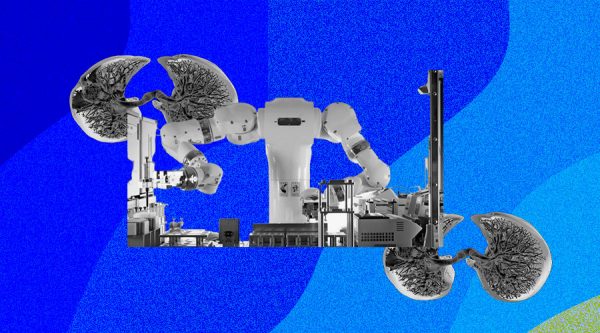The foundation of data science will be machine learning algorithms in 2024, which will allow computers to learn from data to carry out tasks like clustering, recommendation, prediction, and classification.
There are many different machine learning (ML) algorithms available for data science, and each has pros and cons of its own. However, some Data Science algorithms gain notoriety due to their effectiveness, flexibility, and scalability. In 2024, these are the most important machine learning algorithms for data science.
- Linear regression: Given one or more input parameters, this supervised learning technique predicts a continuous variable as an output. It is a widely used and simple technique for regression problems such as home price estimation and sales forecasting. It finds the line that best fits the data and minimizes the error between the predicted and actual values, assuming a linear relationship between the input and output variables.
- Logistic regression: A supervised learning technique that predicts a binary output variable using one or more input factors. It is one of the most popular algorithms for classification problems, such as determining whether an email is spam and diagnosing illnesses. It uses a logistic function to estimate the likelihood that an input belongs to a specific class, and then it applies a threshold to decide the result.
- Decision tree: A crucial machine learning technique in 2024 will be supervised learning, which builds decision-like tree structures employing criteria. Problems with regression and classification need the handling of numerical and categorical data. It is simple and easy to understand because it follows human reasoning. Overfitting, on the other hand, can reduce its capacity for generalization by capturing too much complexity and noise.
- Random Forest: To create a strong model, Random Forest, a supervised learning technique, mixes several decision trees. It improves performance by combining predictions from different base models as an ensemble method. Using various data subsets and attributes, it adds randomization to decision trees before averaging or voting on the predictions. As a result, overfitting is decreased and model stability and accuracy are raised.
- K-means clustering: Data points are grouped according to similarity using an unsupervised learning technique. It is commonly used for picture compression and customer segmentation. It starts cluster centers at random, allocates data points to the closest cluster, and updates centers until convergence. It is, nevertheless, susceptible to data outliers, cluster numbers, and initial cluster centers.
- Support vector machine (SVM): Support Vector Machine is a supervised learning system that effectively separates data points into multiple groups. It performs admirably for classification problems, especially when handling high-dimensional, non-linear data. Using the kernel approach, it transforms data into a higher-dimensional space for easier linear separation. It handles binary, multi-class, and regression problems.
- Apriori: An approach called unsupervised learning locates common itemsets and association rules in transactional databases. It is frequently used for market basket analysis and investigates customer purchasing patterns. Using a bottom-up methodology, it produces candidates by rejecting outdated itemsets and rules with minimal support and confidence levels.
- Artificial neural network (ANN): Neural networks, a type of supervised learning technique, mimic the structure of the brain by connecting neurons. It is a sophisticated data science system that can perform tasks like speech synthesis, photo identification, and natural language processing and learn from any kind of data. It adjusts the weights and biases of neuron connections in response to information from the output.
- K-nearest neighbors (KNN): Using the k-closest neighbors identified in the training set, K-nearest neighbors is a supervised learning technique that predicts outputs. It is ideal for regression and classification since it looks at the degree of similarity or difference between data points before averaging the outcomes or casting a majority vote. However, it depends on the choice of k and distance metric, and it can be computationally expensive.
- Naïve Bayes: This supervised learning method forecasts outcomes based on the conditional probability of features and the prior output probability. It is based on the Bayes theorem’s feature independence. It’s quick and simple to use for classification tasks, especially text analysis tasks. However, it may be incorrect if the data contradicts the independence assumption or if the prior probability isn’t representative.









